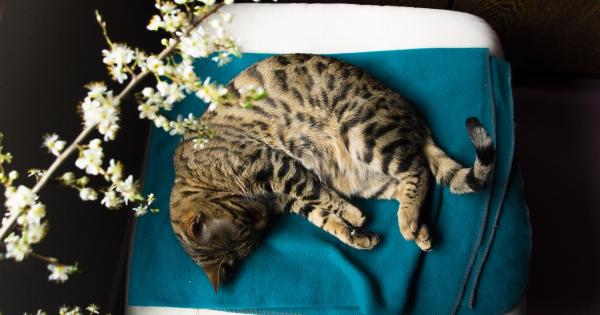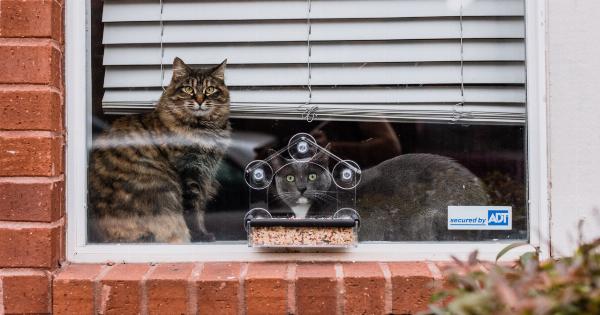When it comes to cats, socializing them is just as important as it is for dogs.
While cats may not be as naturally inclined to socialize, with a little effort and patience, you can help your feline friend become a happy and well-adjusted member of your household. Here are some tips to make the socialization process as smooth as possible.
1. Start early
The best time to start socializing your cat is when they are still a kitten. Kittens are more adaptable and open to new experiences, making it easier to introduce them to different people, other pets, and various environments.
However, even adult cats can benefit from socialization; it might just take a bit more time and effort.
2. Gradual introductions
When introducing your cat to new people or pets, make sure to do it gradually. Sudden or overwhelming experiences can make your cat anxious or fearful.
Start by allowing your cat to observe from a safe distance and gradually decrease the distance over time. Provide plenty of positive reinforcement, such as treats or playtime, during these introductions to create positive associations.
3. Provide a safe space
Every cat needs a space where they can feel safe and secure. Make sure your feline friend has a designated area in your home where they can retreat to when they feel overwhelmed or stressed.
This could be a separate room with their bed, litter box, and toys. Having a safe space will help them feel more comfortable during the socialization process.
4. Use positive reinforcement
Positive reinforcement is a powerful tool when it comes to socializing cats. Reward your cat with treats, praise, or playtime whenever they exhibit positive behaviors or show signs of being comfortable in social situations.
This will help them associate positive experiences with socializing and encourage them to engage more with others.
5. Familiarize your cat with handling
Cats need to get used to being handled to ensure they are comfortable with veterinary visits, grooming sessions, and other necessary interactions.
Start by gently touching and stroking your cat in areas they enjoy, such as behind the ears or under the chin. Gradually introduce them to being picked up or having their paws touched. Make these experiences positive by offering treats or playtime afterward.
6. Encourage playtime
Playtime is not only fun but also an excellent way to socialize your cat. Engage your feline friend in interactive play sessions using toys that mimic prey, such as feather wands or laser pointers.
This will stimulate their natural instincts and help them bond with you and other family members. Regular playtime also provides an outlet for excess energy, reducing the chances of destructive behavior due to boredom or frustration.
7. Slowly introduce other pets
If you have other pets in your home, introductions should be done gradually to avoid territorial issues or aggression.
Start by exchanging scents between your cat and the other pet by rubbing a cloth or towel on each of them and then swapping them between the two. Next, allow them to see each other from a distance, gradually decreasing the distance over time. Supervise all interactions closely and reward calm and friendly behavior.
8. Socialize with other humans
Expose your cat to different people, such as friends or family members, to help them become comfortable around unfamiliar faces. Ask visitors to sit quietly and not make any sudden movements or loud noises.
Allow your cat to approach them at their own pace, and reward them for curious and friendly behavior. Over time, your cat will become more relaxed and sociable around new people.
9. Provide vertical space
Cats love to climb and observe their surroundings from high vantage points. Providing vertical space, such as cat trees or shelves, allows your feline friend to have their own territory and retreat when they need some alone time.
Vertical space also promotes exercise and mental stimulation, which are essential for a well-rounded and social cat.
10. Be patient
Socialization takes time and patience, especially with cats that may have had negative experiences in the past. Respect your cat’s boundaries and don’t force them into situations that make them uncomfortable.
Each cat is unique and may progress at a different pace. Celebrate small achievements, no matter how insignificant they may seem, and continue to provide a supportive and loving environment for your feline friend.





























